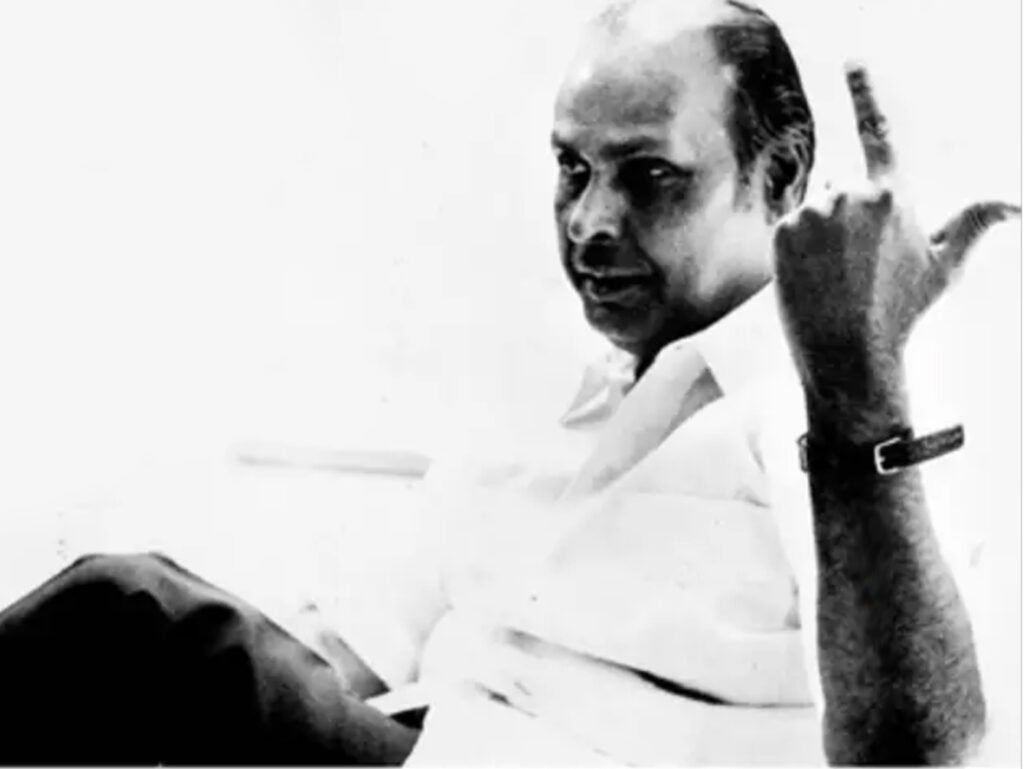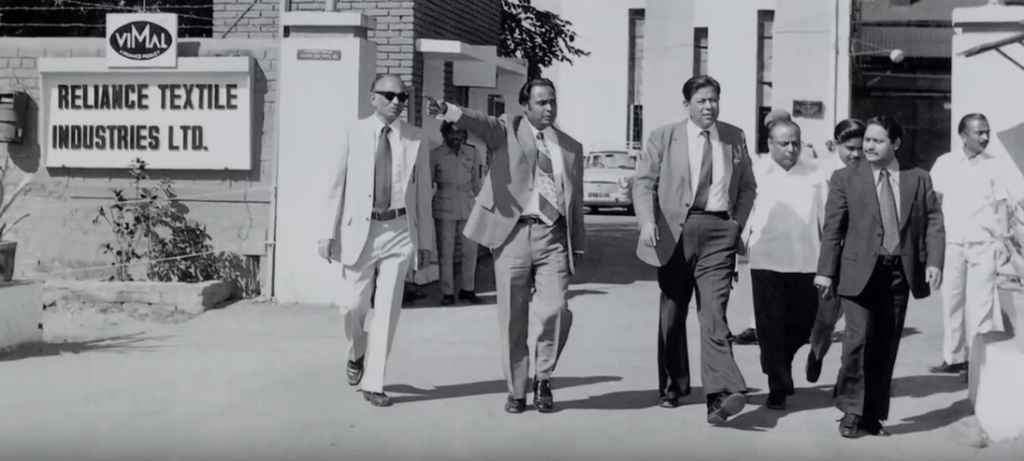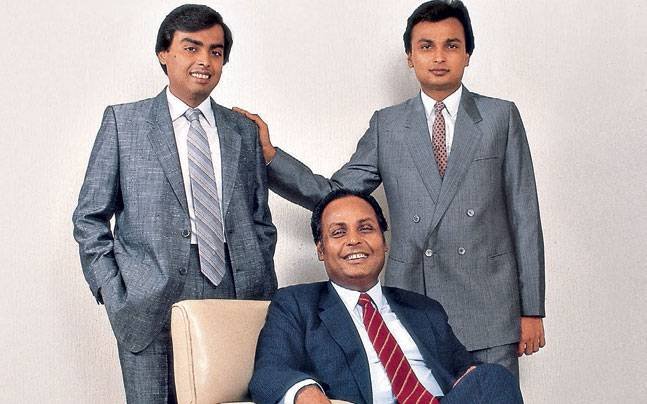Early life and humble beginnings: Dhirajlal Hirachand Ambani, known as Dhirubhai Ambani, was born in 1932 in Chorwad, a small village in Gujarat, India. The son of a schoolteacher and a homemaker, he grew up in modest circumstances. From a young age, Dhirubhai displayed entrepreneurial spirit, selling snacks and goods at village fairs to help his family.

Aden and the birth of a dream: At 16, Ambani moved to Aden (now part of Yemen) to work as a clerk for a trading firm, A. Besse & Co., handling petroleum products for Shell. This experience exposed him to international trade and finance, where he learned accounting, bookkeeping, how to prepare shipping papers, manage relationships with banks and insurance companies, draft commercial letters, and even improved his typing skills. He observed the workings of commodity trading, even experimenting with melting down Yemeni rials to sell as bullion – a move that was quickly stopped by authorities but showcased his opportunistic and bold thinking. His time in Aden, a bustling port city, broadened his global business perspective and helped him build crucial connections. He dreamt of having a refinery of his own, and eventually, despite a promising career at Shell, he resigned to return to India and pursue his entrepreneurial vision.

The return to India and Reliance Commercial Corporation: In 1958, Ambani returned to India with his savings, including ₹50,000 he had earned in Aden. He founded Reliance Commercial Corporation in a small 350 sq ft office in Mumbai, says blazetrue.com. He initially focused on trading in spices, textiles, and polyester yarn, adopting a strategy of low profit margins and high volume, according to Vedantu. He deliberately sold exports at a loss to earn import credits which allowed him to import polyester yarn, a high-demand product that offered substantial profit margins.
Pioneering moves and calculated risks
- Backward Integration: Dhirubhai’s most significant strategic move was his pioneering of backward integration. He realized that to control quality and costs, he needed to produce the raw materials for his products himself. He started building manufacturing units for polyester and petrochemicals, even constructing infrastructure like power plants and canals, demonstrating his hands-on approach and ability to overcome limitations.
- Creating the “Vimal” Brand and Textile Mill: In 1966, he established Reliance Textile Industries and launched the “Vimal” brand of fabrics. Facing a challenge where wholesalers refused to buy his fabrics due to the high production volume, Dhirubhai implemented a radical strategy: he bypassed the wholesalers entirely and sold directly to retailers and even established his own Vimal retail outlets. This aggressive marketing and distribution strategy transformed Vimal into a household name and made Reliance a leading textile manufacturer. 99Logos states that Reliance’s Naroda mill achieved record sales of ₹90 lakhs and profits of ₹13 lakhs in 1977.
- Revolutionizing the Stock Market and IPO: In 1977, facing refusal from nationalized banks to fund his expansion, Dhirubhai made a bold decision that reshaped Indian finance: he took Reliance public with an Initial Public Offering (IPO). This was groundbreaking because retail participation in the Indian capital markets was minimal at the time. Dhirubhai personally encouraged and convinced thousands of ordinary Indians, from urban professionals to villagers, to invest in Reliance shares. He promised them handsome returns, and through generous dividends and consistent share growth, he delivered on that promise, making many investors wealthy. This move effectively democratized wealth creation and transformed the perception of the stock market for the average Indian, according to India Today. The annual general meetings (AGMs) became massive public events, with thousands attending to support him.
- Facing the “Bear Cartel”: Dhirubhai’s journey was not without challenges. In 1982, during a rights issue, a group of stockbrokers from Calcutta, known as the “Bear Cartel”, tried to drive down Reliance’s share price through short selling. Dhirubhai countered this attack by mobilizing his network of loyal traders to buy Reliance shares, causing the price to surge, effectively turning the tables on the bears.
Diversification and integrated value: With his unquenchable thirst for growth and a vision to achieve global scale, Ambani steered Reliance towards further backward integration and diversification. He built the world’s largest grassroots oil refinery at Jamnagar in 2000, setting new benchmarks for efficiency and cost-effectiveness.
A legacy of vision and entrepreneurship: Dhirubhai Ambani’s life story is a testament to the power of vision, hard work, resilience, and the willingness to take calculated risks. His ability to overcome modest beginnings, challenge the status quo, and empower ordinary investors cemented his position as a legend in Indian business history. He passed away in 2002, but his legacy lives on through Reliance Industries, which continues to be a major force in the Indian economy and beyond, says Britannica. The Times of India mentions that in 2016, he was posthumously awarded the Padma Vibhushan, India’s second-highest civilian honor. His journey continues to inspire generations of entrepreneurs to dream big, embrace challenges, and build businesses that create immense value.

Dhirubhai Ambani, the visionary founder of Reliance Industries, led a close-knit family life alongside his wife, Kokilaben Ambani, whom he married in 1955. The couple had four children—two sons, Mukesh Ambani and Anil Ambani, and two daughters, Nina Kothari and Deepti Salgaocar. Despite his growing business empire, Dhirubhai remained deeply connected to his family, often emphasizing traditional Indian values of unity and resilience. His sons later inherited leadership roles in Reliance, carrying forward his entrepreneurial legacy, while his daughters built strong family and business ties through marriage. The Ambani household, under Dhirubhai’s guidance, blended simplicity with ambition, shaping one of India’s most influential business families.





